What is ANCA-associated vasculitis, how does it damage blood vessels, and what are the key treatments for this autoimmune condition?
Published on 02/07/2025 · 6 min readANCA-associated vasculitis is a group of autoimmune diseases characterized by inflammation of small and medium-sized blood vessels. This inflammation, or vasculitis, can lead to significant damage, potentially causing tissue ischemia and aneurysms. The presence of anti-neutrophil cytoplasmic antibodies (ANCA) in the blood is a hallmark of these conditions.
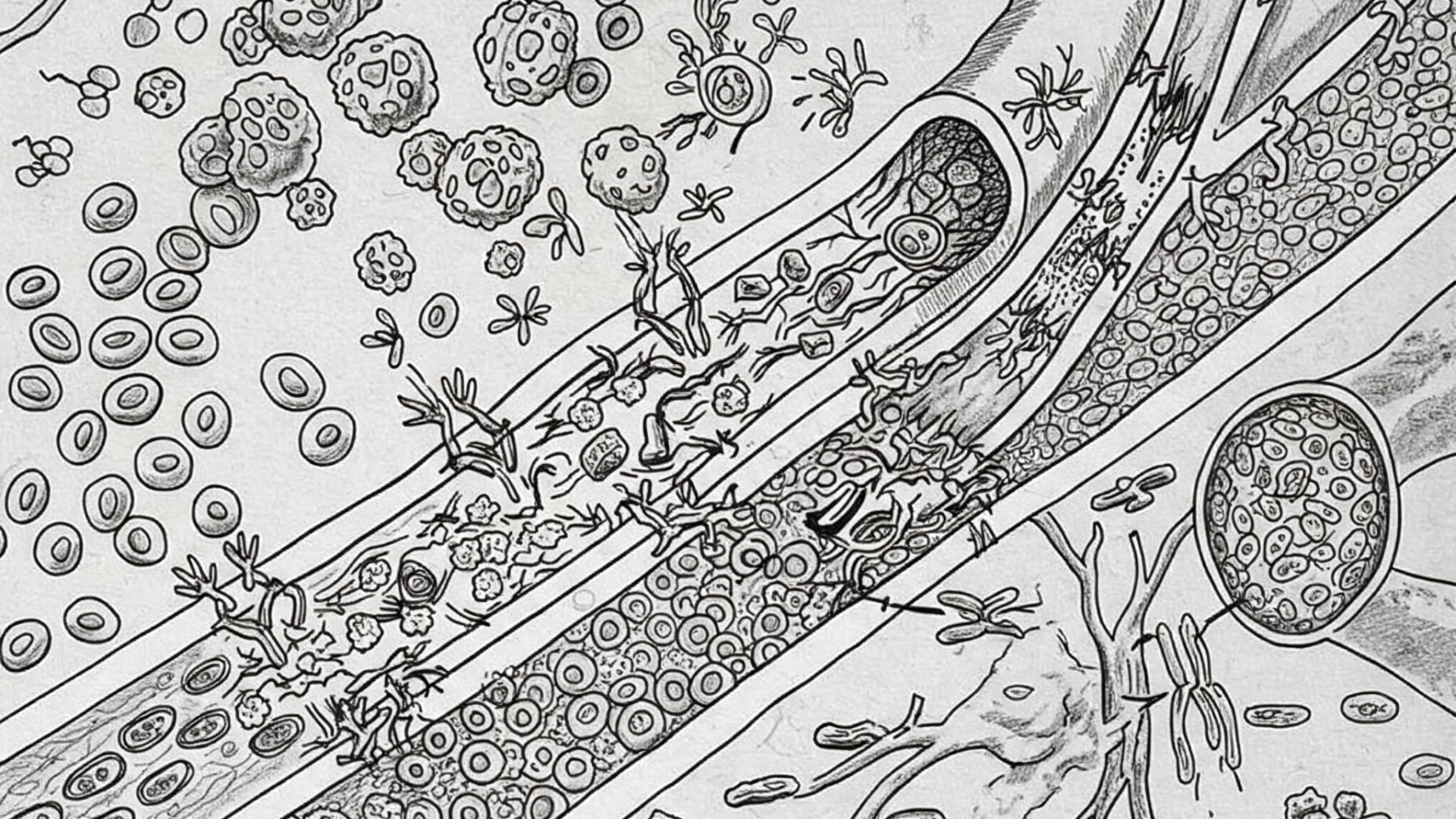
Table of Contents
Understanding ANCA-Associated VasculitisTypes of ANCA-Associated VasculitisPathophysiology: How ANCA Damages Blood VesselsANCA AntibodiesGranulomatosisEndothelial Cell ActivationTreatment of ANCA-Associated VasculitisInduction TherapyMaintenance Therapy
Understanding ANCA-Associated Vasculitis
Vasculitis, in general, refers to the inflammation of blood vessels. When this inflammation primarily affects small vessels like arterioles and capillaries, it's categorized as small vessel vasculitis. ANCA-associated vasculitis is a specific type within this category, distinguished by the presence of ANCA.
Types of ANCA-Associated Vasculitis
There are three main types of ANCA-associated vasculitis:
- Microscopic Polyangiitis (MPA)
- Granulomatosis with Polyangiitis (GPA)
- Eosinophilic Granulomatosis with Polyangiitis (EGPA)
Pathophysiology: How ANCA Damages Blood Vessels
The pathophysiology of ANCA-associated vasculitis involves both ANCA antibodies and granulomatosis. Here's a breakdown:
ANCA Antibodies
ANCA targets proteins within the cytoplasmic granules of neutrophils and monocytes, such as myeloperoxidase (MPO) and proteinase 3 (PR3). During inflammation, cytokines like TNF-alpha and interleukin-1 cause these proteins to move to the cell membrane, making them accessible to ANCA. This interaction leads to:
- Endothelial attachment of neutrophils: Activated neutrophils adhere to the vessel lining.
- Degranulation and reactive oxygen species release: Neutrophils release damaging substances, causing further inflammation.
- Pro-inflammatory cytokine release: This perpetuates the inflammatory cycle.
There are two primary types of ANCA:
- Cytoplasmic ANCA (cANCA): Primarily targets PR3.
- Perinuclear ANCA (pANCA): Primarily targets MPO.
Granulomatosis
Granulomatosis involves the formation of granulomas, which are clusters of immune cells. This process is mediated by T helper cells (CD4+ T cells), particularly during flare-ups. T helper 1 cells, activated by interleukin-12 and interferon-gamma, drive the cell-mediated immune response, leading to monocyte and macrophage activation and granuloma formation. CD8+ T cells also play a supporting role.
Endothelial Cell Activation
Activated endothelial cells express receptors for immune cell attachment and release chemokines like interleukin-8, promoting further immune cell infiltration and vasculitis.
Treatment of ANCA-Associated Vasculitis
Treatment aims to induce remission and maintain it. This typically involves:
Induction Therapy
- Glucocorticoids: Inhibit cytokine production and T cell activity.
- Cyclophosphamide: Suppresses lymphocyte activity.
- Rituximab: Targets CD20 on B cells, reducing antibody production.
Maintenance Therapy
- Methotrexate
- Azathioprine
- Rituximab
By suppressing the immune system, these treatments help to halt the destructive cycle of ANCA-associated vasculitis.
Shop related blood tests

ANCA Screen with Reflex to ANCA Titer
This is the cornerstone of diagnosis. It detects the presence of anti-neutrophil cytoplasmic antibodies (ANCA) in the blood. If positive, the reflex to ANCA titer measures the specific level of ANCA, which can help monitor disease activity.
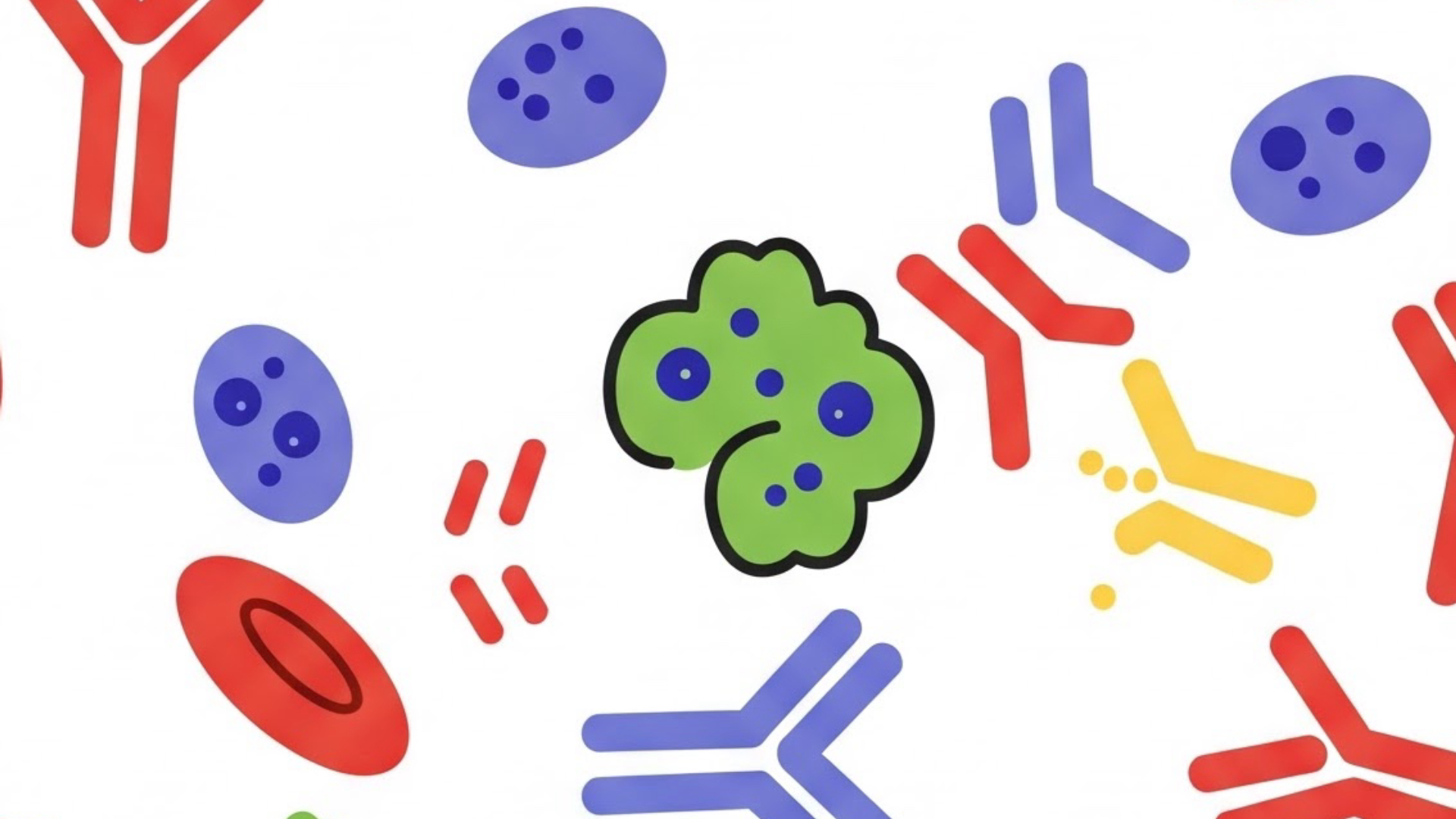
Myeloperoxidase Antibody (MPO)
This test specifically identifies antibodies targeting myeloperoxidase, an enzyme found in neutrophils. It's crucial because MPO antibodies (pANCA) are associated with certain types of ANCA-associated vasculitis, particularly microscopic polyangiitis and eosinophilic granulomatosis with polyangiitis.
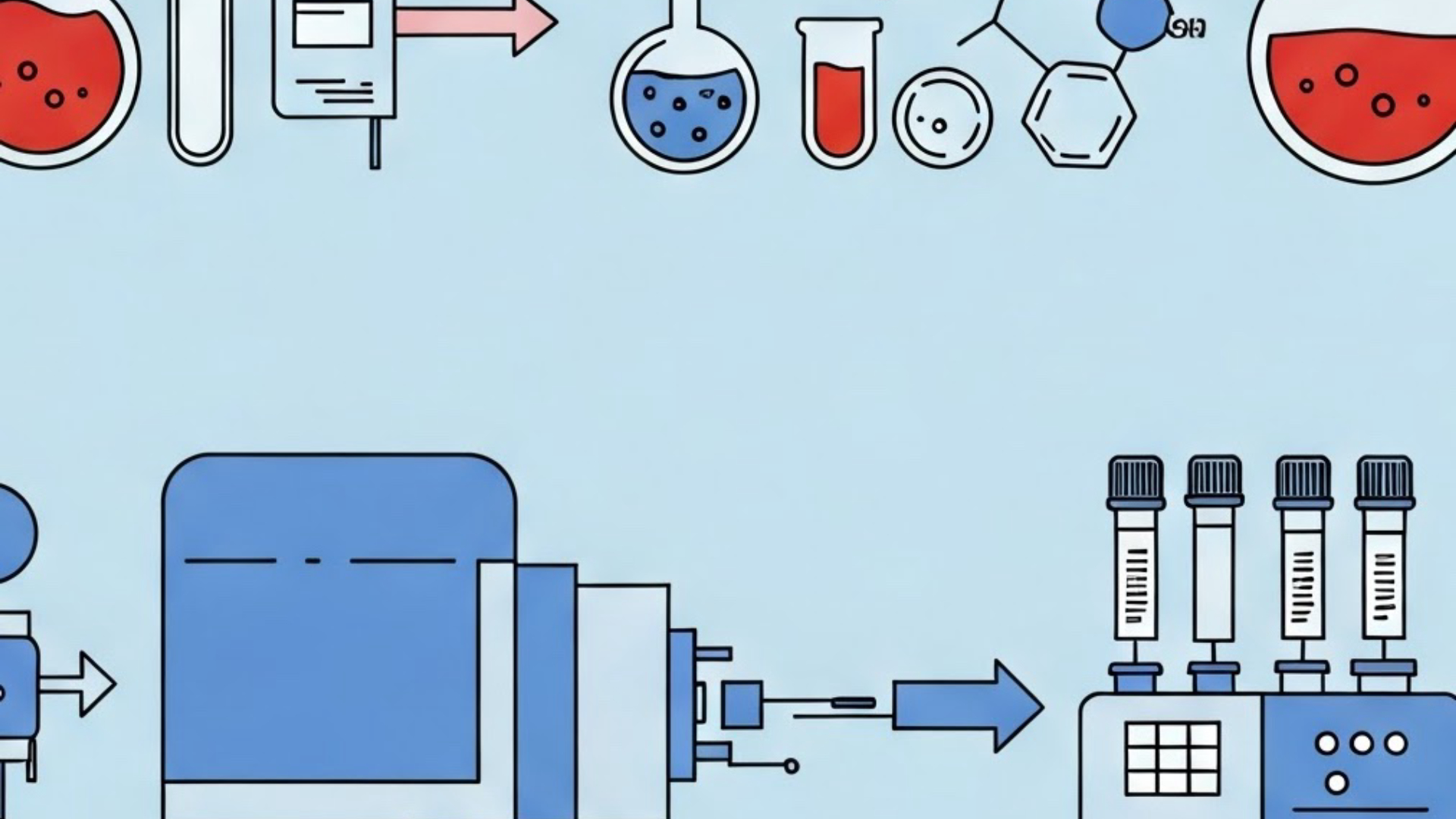
ANCA Screen with MPO and PR3, with Reflex to ANCA
This test detects antibodies targeting proteinase 3, another enzyme in neutrophils. PR3 antibodies (cANCA) are strongly associated with granulomatosis with polyangiitis.

Complete Blood Count (CBC) with Differential and Platelets Blood Test
This provides a general overview of blood cell counts, including white blood cells, red blood cells, and platelets. It's important for assessing inflammation, detecting anemia (common in chronic diseases), and monitoring for potential side effects of immunosuppressive medications.
Read next
 Written on 01/29/2025
Written on 01/29/2025Phenytoin: How does it work, what are its side effects, and what is fetal hydantoin syndrome?
Phenytoin is a widely used antiepileptic medication, but understanding its mechanism, side effects, and potential risks, like fetal hydantoin syndrome, is crucial. This blog post will break down the key aspects of phenytoin. Read more
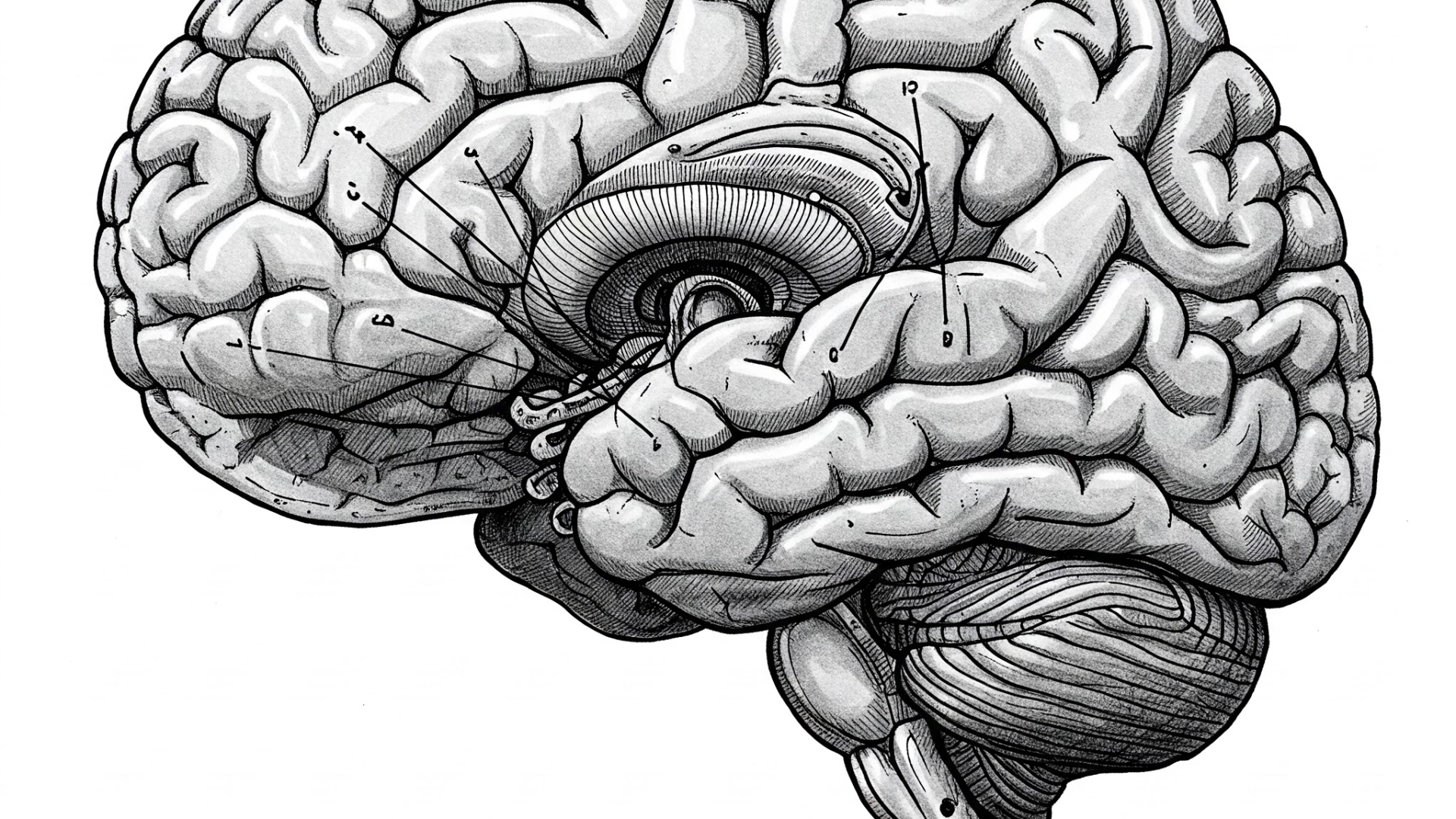 Written on 01/15/2025
Written on 01/15/2025How Does the Hardy-Weinberg Principle Calculate Allele and Genotype Frequencies in a Population?
Understanding the genetic makeup of populations is crucial in biology. The Hardy-Weinberg principle provides a mathematical framework to determine allele and genotype frequencies. Let’s break down how this principle works. Read more
 Written on 01/08/2025
Written on 01/08/2025Streptococcus Pneumoniae: How Do You Diagnose and Treat This Bacterial Infection?
Streptococcus pneumoniae is a common yet potentially serious bacterial pathogen. Understanding its diagnosis and treatment is crucial for effective patient care. This blog post will delve into the key aspects of identifying and managing Streptococcus pneumoniae infections. Read more
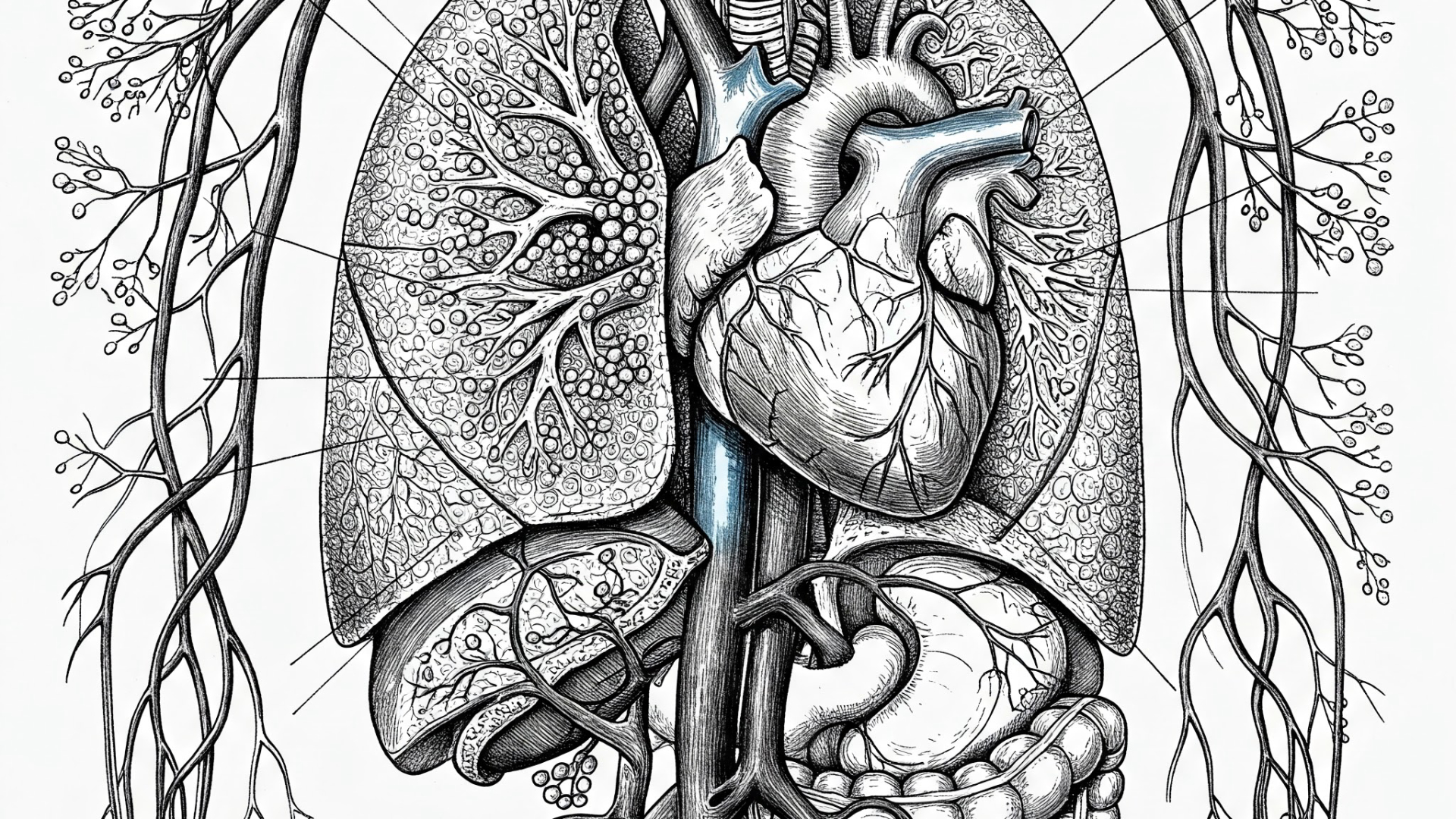 Written on 03/05/2025
Written on 03/05/2025How Do Ventilation and Perfusion Differ Across Lung Zones, and What Are the Implications of V/Q Mismatch in Respiratory Health and Disease?
Understanding how air and blood flow work together in your lungs is key to grasping respiratory health. This post dives into the concepts of ventilation (air in) and perfusion (blood flow) in the lungs, exploring how they vary and why these differences matter. Read more